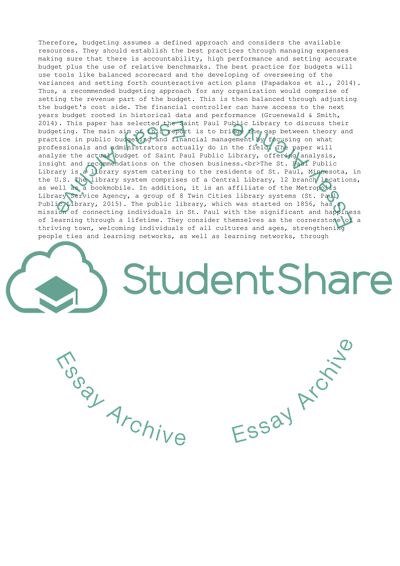Cite this document
(Public Budgeting Article Example | Topics and Well Written Essays - 2000 words, n.d.)
Public Budgeting Article Example | Topics and Well Written Essays - 2000 words. https://studentshare.org/finance-accounting/1865410-public-budgeting
Public Budgeting Article Example | Topics and Well Written Essays - 2000 words. https://studentshare.org/finance-accounting/1865410-public-budgeting
(Public Budgeting Article Example | Topics and Well Written Essays - 2000 Words)
Public Budgeting Article Example | Topics and Well Written Essays - 2000 Words. https://studentshare.org/finance-accounting/1865410-public-budgeting.
Public Budgeting Article Example | Topics and Well Written Essays - 2000 Words. https://studentshare.org/finance-accounting/1865410-public-budgeting.
“Public Budgeting Article Example | Topics and Well Written Essays - 2000 Words”. https://studentshare.org/finance-accounting/1865410-public-budgeting.


